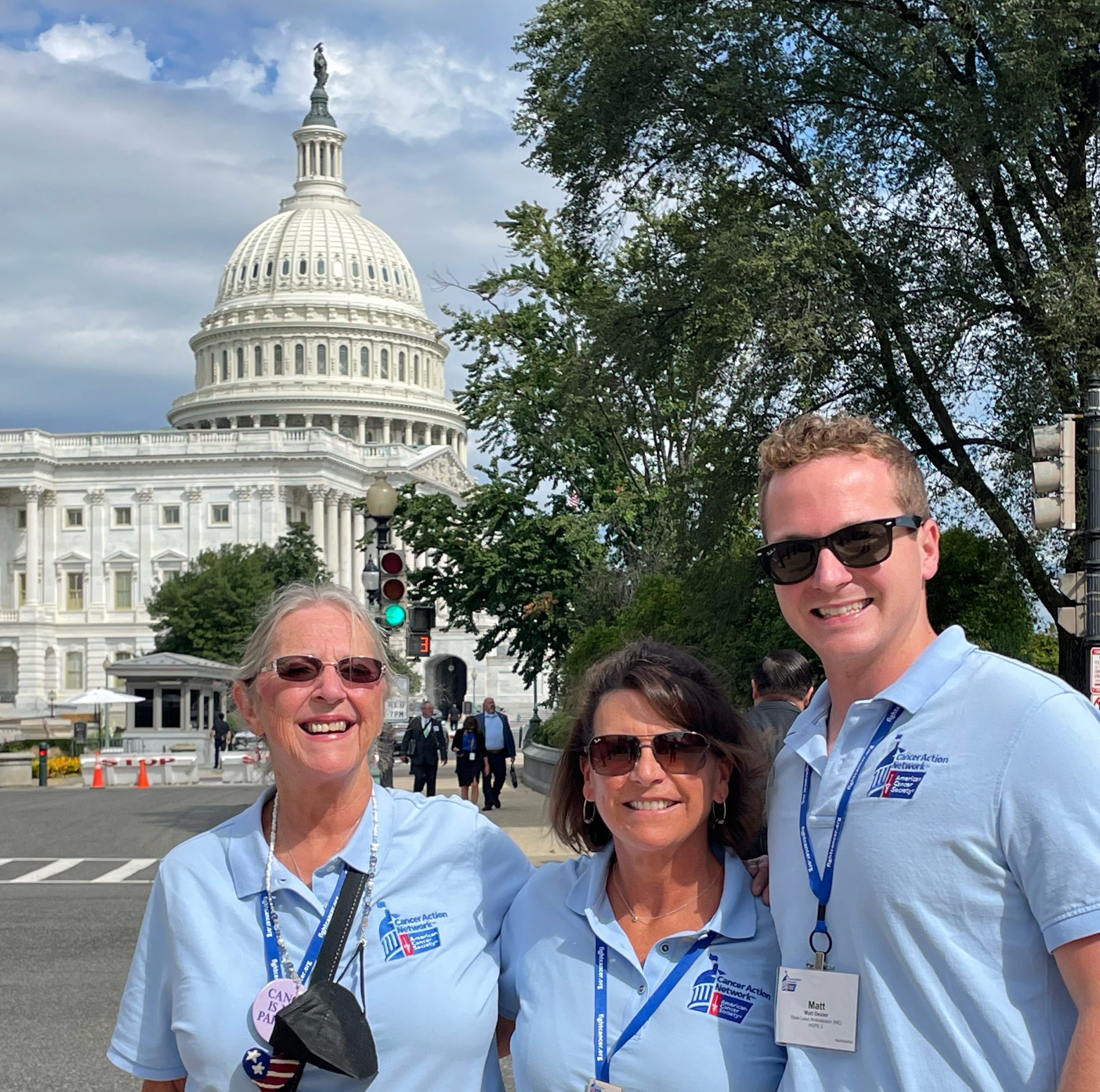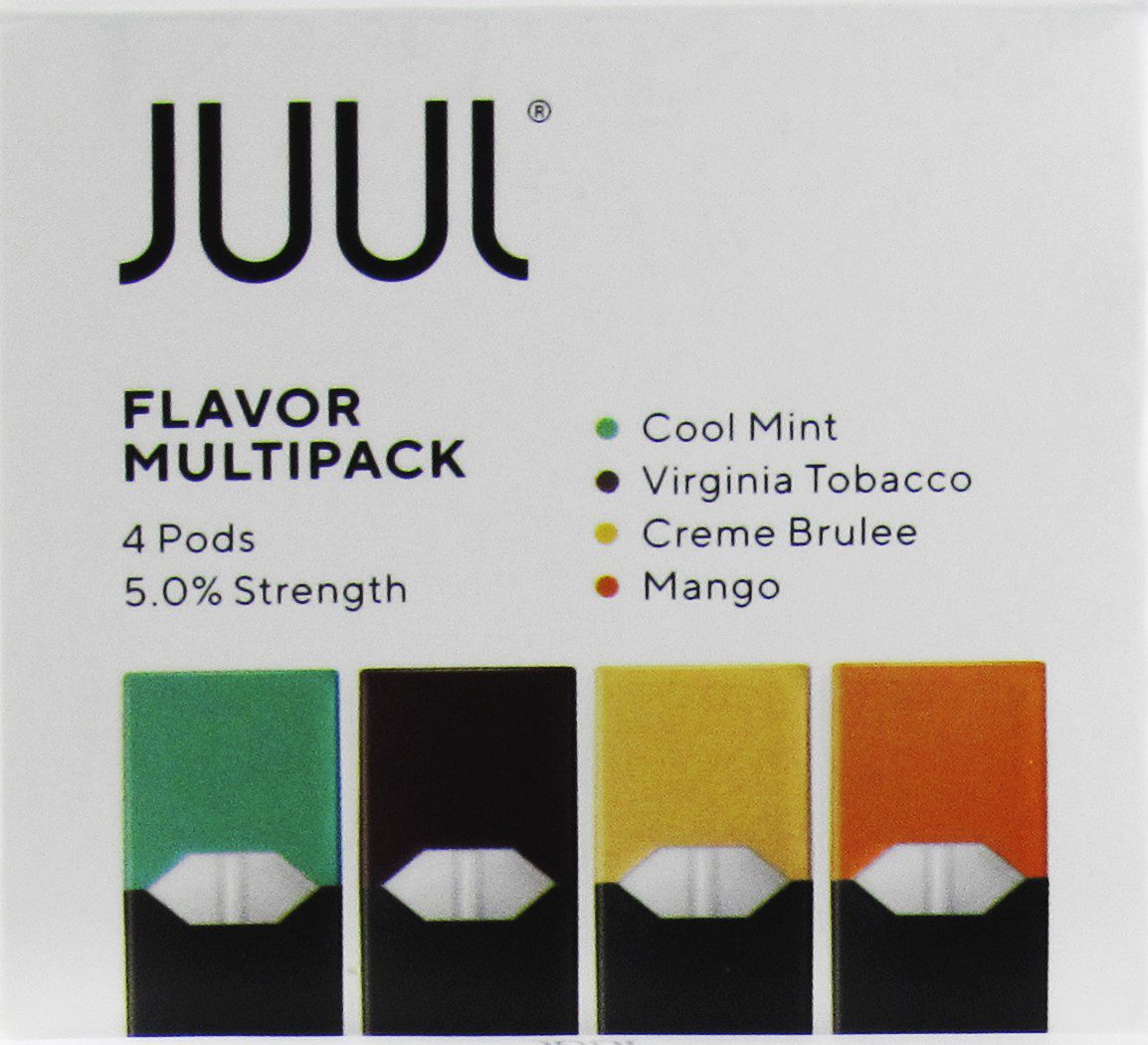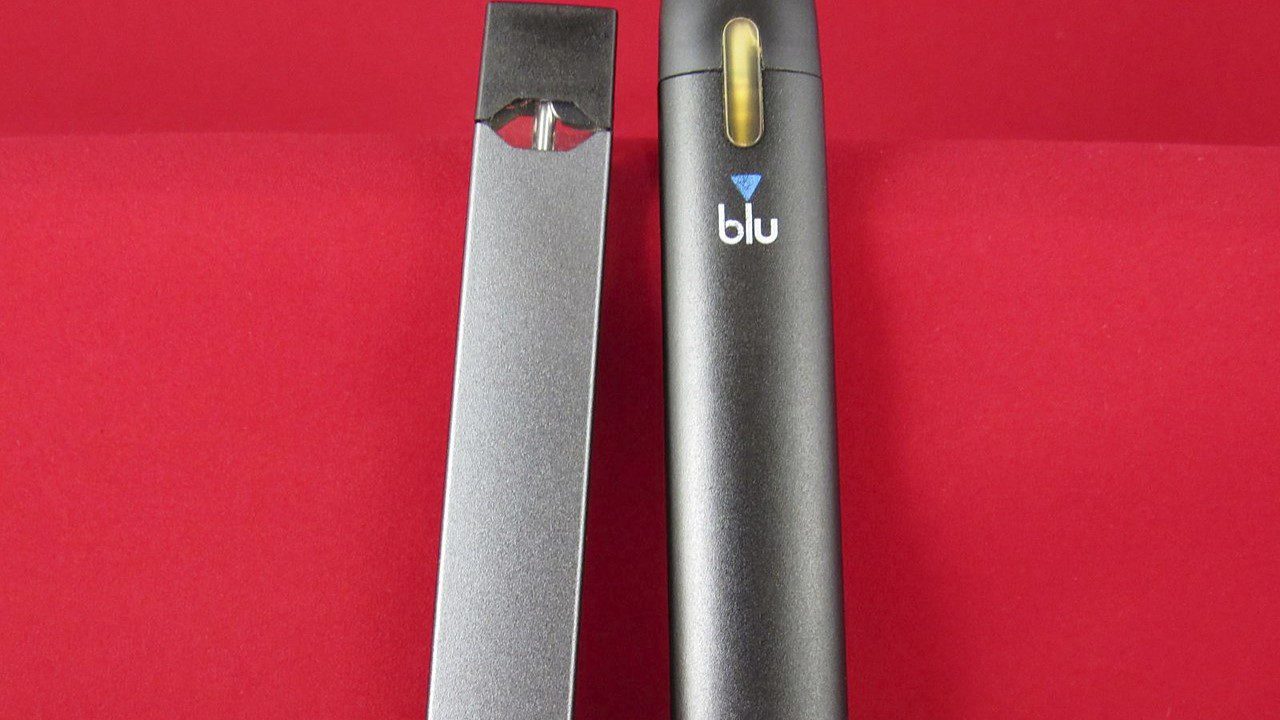When Mary Lou Warn discovered her teenager was vaping six years ago, he assured her it was safe. He had done his research, he said, and vaping was just flavored water. It was nothing like smoking.
Warn tried to do her own research but there was little information available at the time about these new electronic cigarettes.
“I couldn’t find anything to counter this message,” she said. “I didn’t have much of a leg to stand on.”

By the time her son, Jake, went off to college, Warn said his vaping addiction had started to visibly impact his health. Jake had been an athlete, but now he was pale, had a constant cough, and was agitated and depressed.
Jake eventually worked with his doctor to wean off his use over the course of six months. And in the years since, the public better understands the risks associated with vaping. But Warn says the damage is done.
“I feel like public health is at risk here,” Warn said. “We’re going to see long-term effects and (the response) needs to happen quicker than it’s happening.”
Before electronic cigarettes hit the market, public health advocates in Maine and elsewhere were making progress on their war on tobacco. Smoking was down. It was seen as unfashionable and less accepted in many parts of society.
Vaping manufacturers turned that tide with subtle marketing, sleek devices and enticing flavors. Youth vaping rates in Maine nearly doubled between 2017 and 2019, concerning health advocates in a state that already had higher-than-average rates of smoking.
But since then there are signs the tide could be turning again. Portland, Bangor and Brunswick this year banned sales of flavored vape products, with South Portland about to consider its own ban.
Maine was set to receive about $11 million from a recent agreement with Juul, an electronic cigarette manufacturer, over its marketing tactics targeting youth. But Maine Attorney General Aaron Frey decided Friday to walk away from the agreement over conditions made by Juul.
This week the latest Maine Integrated Youth Health Survey found that vaping rates among the state’s high school students dropped from 45% in 2019 to 32% last year.

The survey numbers are “encouraging,” said Dr. Deborah Hagler, the immediate past president of the Maine chapter of the American Academy of Pediatrics. She remains “cautiously optimistic.”
Social distancing and remote learning during the COVID-19 pandemic likely made it more difficult for young people to share vaping devices, which is the primary way they are first exposed to electronic cigarettes, she said. For this reason, it will be important to watch the next set of data that comes out again in two years, when kids have been back in classrooms, to see whether the trend continues.
“We can be happy the numbers went down. We can’t be exactly sure why they went down,” Hagler said.
The survey also found that 17% of high school students said they used an electronic vapor product at least one day in the last 30 days — down from 29% in 2019. That means there was a decline both in new users and the amount of vaping among current users.
Overall vaping rates for middle school students also dropped, from 16% to 10%.
“That’s where policy comes in and could be really important,” Hagler said. “Can we keep the trend down with good public policy? That means keeping kids away from flavors, which we knew was a huge pull to initiate.”
The recent agreement regarding Juul’s marketing tactics amounts to the company admitting, on some level, that it was targeting kids by making vaping look cool, Hagler said.
Of the people who smoke cigarettes daily, 99% first tried it before they were 26, according to the U.S. Centers for Disease Control and Prevention.
Vaping manufacturers insist that their mission is to transition adult smokers away from cigarettes. While e-cigarettes may have fewer chemicals than cigarettes, they still have chemicals associated with serious lung injuries, as well as other potentially harmful substances. In addition, almost all e-cigarettes contain nicotine, which is highly addictive.
There is a “robust discussion” internationally about how effective these devices are as a tool for adult heavy smokers to try and quit, Hagler said. In other countries they were regulated differently, with limited nicotine amounts and restrictions on advertising to youth.
But in the U.S., they were heavily marketed to youth. And youth who vape are three times more likely to switch to a traditional cigarette, Hagler said.
This is concerning in Maine, where the adult smoking rate is above the national average, said Hilary Schneider, the Maine government relations director for the American Cancer Society Cancer Action Network. About 17% of adult Mainers smoke. The national average is 12.5%.
Tobacco-related cancer in Maine is higher than the national average and cancer remains the leading cause of death for Mainers, even during the COVID-19 pandemic. Many of these cancers, like bladder, throat and neck, have tobacco as a preventable risk factor, Schneider said.
“While it is great to see declines in youth cigarette smoking, as well as declines in youth e-cigarette use, the rates of use are still too high,” Schneider said. “Since youth e-cigarette use rates exploded, youth tobacco use rates remain higher than they were more than two decades ago. In fact, Maine’s youth cigarette and e-cigarette use rates remain well above the national average.”
Schneider attributed the decline between 2019 and 2021 to policies such as increasing the legal age for tobacco products to 21, equalizing the tax on non-cigarette tobacco products, and increased state investment in tobacco prevention and treatment.
“The public health response, while late to the game, certainly shows you that evidence-based policies make a difference,” Schneider said.
Juul settlement talks fall through
Earlier this month, Juul Labs agreed to pay nearly $440 million to settle an investigation from 33 states and territories, including Maine, into the e-cigarette manufacturer’s marketing and sales practices. The agreement also requires Juul to comply with strict terms limiting its marketing practices.
Maine was set to receive between $10.7 million and $11.6 million over the next six to 10 years. But as part of the agreement, Juul wanted the states to waive the rights of school districts to pursue their own lawsuits, according to the Maine AG’s office. Maine wasn’t willing to agree to that.
“We are disappointed in the outcome of these negotiations, but ultimately we were unwilling to waive the rights of other entities who are also trying to hold Juul accountable for its deception,” Attorney General Aaron Frey said in a statement to The Maine Monitor.
RELATED: Maine to walk away from multi-million dollar Juul settlement
In a statement, Juul Labs said the terms of the agreement “are aligned with our current business practices which we started to implement after our company-wide reset in the Fall of 2019.”
The U.S. Food and Drug Administration this summer banned Juul from selling e-cigarettes, but the agency quickly decided to halt the ban to do further review. Juul said it submitted an administrative appeal to the ban, demonstrating that the denial order was “substantively and procedurally flawed and should be rescinded.”
“We remain focused on the future as we work to fulfill our mission to transition adult smokers away from cigarettes – the number one cause of preventable death — while combating underage use,” the company said.
The recent Juul agreement serves as “proof that the marketing tactics being used to push these products are targeting youth,” said Dan Cashman, spokesperson for the Maine chapter of Flavors Hook Kids.
But he said the $11 million was unlikely to make much of a difference in youth vaping rates.

“We’d love to see flavored products pulled off the shelves statewide,” Cashman said. “That will have the greatest impact that no amount of money can match.”
Flavors Hook Kids has led efforts across the state to ban the sales of flavored tobacco products.
Bangor, Portland and Brunswick passed city bans on flavored products after a statewide effort stalled in the Legislature earlier this year. South Portland is gearing up for a vote as early as next month, and at least five other communities also are considering a ban, Cashman said.
Flavors Hook Kids hasn’t abandoned efforts for a statewide ban and hopes to continue pushing it forward in the next session, Cashman said.
But health experts warned that a ban on vaping products might push people back to traditional cigarettes, the Times Record reported earlier this year.
Cashman said the goal is to stop kids from getting hooked.
“We were winning the war on smoking before vaping became much more commonplace. We slipped back ever since,” Cashman said. “Now is the time to ban the sale of flavored products so we don’t continue slipping.”
Hagler, the pediatrician, said boredom is an important reason kids try vaping. She said many kids have told her they tried vaping for the first time while hanging out with friends and wanting something to do.
“When they engage with vaping it does have a melding, bonding experience,” Hagler said. “Can we find something as a community that loves our children that’s a different way for them to engage? That’s a form of primary prevention that’s really undervalued and underfunded and underutilized.”
Rose Lundy covers healthcare for The Maine Monitor. Reach her with other story ideas by email: gro.r1754124118otino1754124118menia1754124118meht@1754124118esor1754124118.








